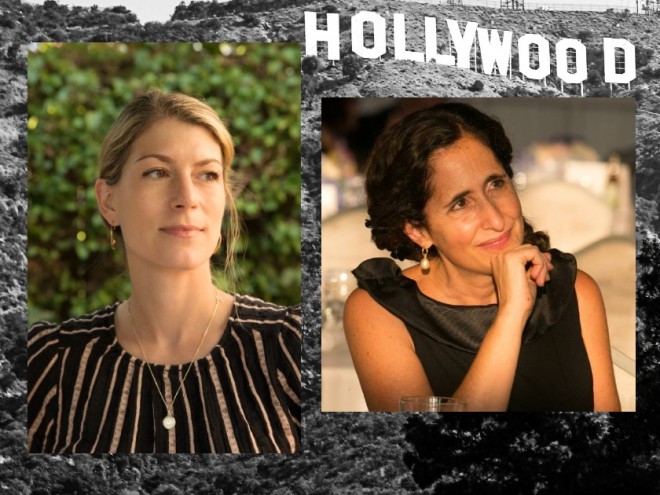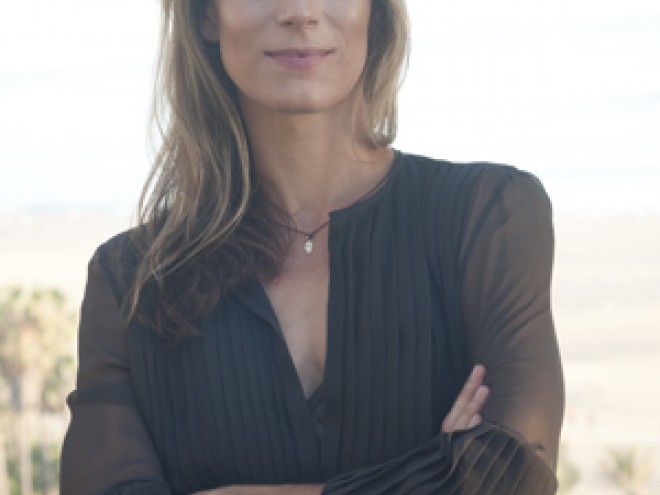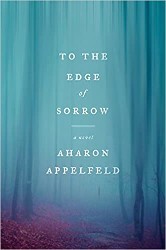Those Who Are Saved is Alexis Landau’s ambitious follow-up to her equally ambitious debut novel, The Empire of the Senses, a finalist for a National Jewish Book Award in 2015. Few first novelists attempt historical fiction with the sweep of Landau’s. But she has now written two such books.
In the earlier novel, Landau depicted the lives of a mixed Jewish-Christian German family during World War I and the late 1920s. Its themes encompassed assimilation, the rise of Nazism and Zionism, and sexual awakening, among others. In Landau’s new novel, the initial scene is France in the months following the German invasion of 1940. Vera and Max, Russian Jewish émigrés who have lived in Paris since the 1920s, contemplate the news that foreign-born Jews are to be interned. Vera is a successful novelist and Max is an accomplished composer; they consider themselves French citizens. They turn themselves in for internment nonetheless, leaving their four-year-old daughter, Lucie, in the care of the daughter’s nanny. They eventually escape France and make it to Los Angeles, forced by circumstances to leave without the child. The consequences of that decision drive the plot.
Intertwined with Vera and Max’s quest to find their daughter is the story of another seeker, Sasha — an aspiring Hollywood writer-director on the verge of his first breakthrough when World War II reaches the United States. Like Vera and Max, Sasha and his mother emigrated from Russia, but their backstory differs from the French couples’: originally from a shtetl, they ended up on New York’s Lower East Side in the 1920s. While Vera longs for reunion with her child, Sasha is in quest of the identity of his missing father. Sasha and Vera meet in passing in Los Angeles on the day the Japanese attack Pearl Harbor as Sasha prepares to go to war. They meet again three years later and they are drawn to each other in their individual quests. The last third of the novel becomes a suspenseful search for Vera’s missing daughter when Vera returns to France after the war ends in Europe.
As Landau states in her author’s note, Vera is modeled to an extent on Irène Némirovsky, the Russian-born French novelist who was interned in France and eventually deported to Auschwitz along with over 70,000 other foreign-born Jewish residents in France and many French citizens of long standing. Nemirovsky’s posthumously published Suite Française, written contemporaneously with the German invasion, is a harrowing picture of those early months of the war. Landau doesn’t match Némirovsky in depicting the chaos in the early chapters, but she comes into her own in the later scenes of Vera’s search for Lucie amid the throngs of displaced persons seeking their loved ones in Paris.
It is clear that Landau has done a lot of research, but there are some inaccuracies and chronological liberties. A number of historical bold-face names come and go in the plot, some of whom seem gratuitously introduced. Another shortcoming of Those Who Are Saved is that several plot points — such as Vera and Max’s escape from internment — seem to be passed over with some hand-waving.
These drawbacks notwithstanding, Those Who Are Saved is a major novel, richly imagined. There are connections between this book and The Empire of the Senses, and it is likely that Landau might produce a third novel to close the circle of characters. If she does so, she will have written a compelling trilogy that encompasses a significant slice of Jewish life in the shadow of the Holocaust both before and after. Even if she goes in a wholly new direction, she will have written two books that most novelists couldn’t attempt until later in their careers.





